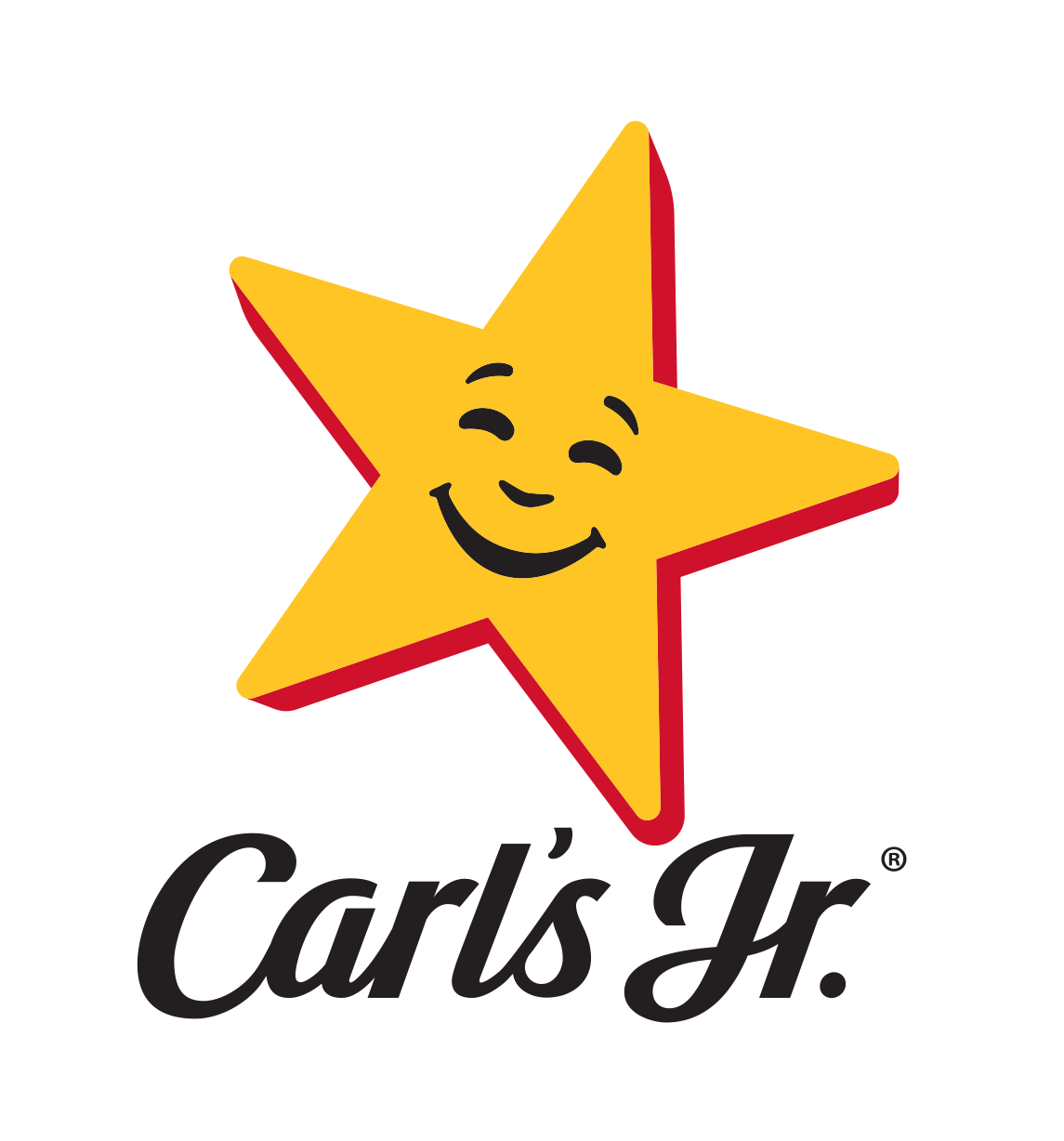Information
-
Audit Title
-
Document No.
-
Client / Site
-
Conducted on
-
Prepared by
-
Location
-
Personnel
Planning Standard
-
Menu items sold and either meal counts or customer counts are recorded daily for each meal period in your automated food production system.
-
The production worksheet for the next day(s) production reflects all menu items to be served at each station, recipe numbers, portions to prepare, and forecasted customer count. A production worksheet is in place for each workstation. Made to order/ daily serve stations must have all ingredients captured on a production worksheet. Par levels may be used for these stations. Par levels need to be reviewed weekly and adjusted as appropriate.
-
A production package is created in advance for each workstation that includes: a production worksheet that accurately reflects current for costs of customers, menu items, recipe numbers, portions to prepare, and portion sizes.
-
Recipes for each menu item that match the portions to prepare.<br>
-
Each workstation or appropriate work area of the kitchen has a copy of the menu and recipes.<br>
Production Standard
-
What is the purchasing compliance? Must be 99-100%
-
Production worksheets are visible and utilized in each production area by the staff.
-
An appropriate communicate to each associate or team per- production meeting is conducted with all associates daily.
-
Recipes are used in all production and followed as written. The menu items prepared match the recipes in ingredients and quantiy.<br>1. Recipes for cyle & daily change menu are generated in quantities that match those indicated on the production worksheets.<br>2. The practice of batch cooking is evident.<br>3. Recipes for menu items that are assembled (ex. Sandwich, pizza, burger special) can be generated and followed for a serving size of 1 each.<br>4. Items prepared in "batches" have the recipes generated for the correct "batch" amount.
-
Correct back-of-house small wares and measuring devices are on hand and utilized by associates to execute recipes.<br>
-
Waste bins are utilized in the back of the house and front of the house to capture all per- consumer food waste.
-
Managment observes all waste buckets daily before they are discarded to identify and act on apportunities yo reduce waste.
-
Waste logs are completed.
-
Leftover portions are recorded on production worksheets.
-
Production worksheets and waste logs are reviewed to identify over production opportunities to reduce waste.
-
Enter waste data and leftover portions into the on-line Waste Tracking Website daily.
-
The automated waste tracking system procedures are followed.
-
Compliance to the automated waste tracking process is 100% as measured by the system's monthly compliance report.
-
Leftover portions are recorded on production worksheets.
-
Enter waste data and leftover portions accurately into the on-line Waste Tracking website daily.
Post analysis standard
-
Past production worksheets are kept on file for a year or are on file, starting from the date of standards implementation. Production worksheets reflect changes in meal forecasting, menu and production quantities based upon post analysis and portions served.<br><br>Results are tracked completely and accurately on the food production worksheets.<br><br>Results from the completed food production worksheets are entered into the Automated Food Production System.<br>












